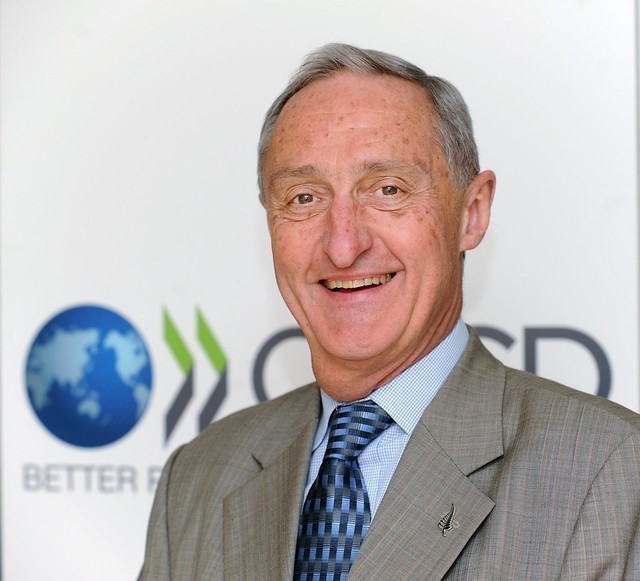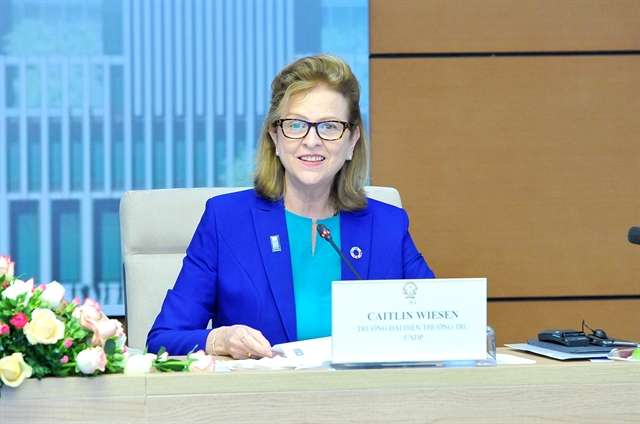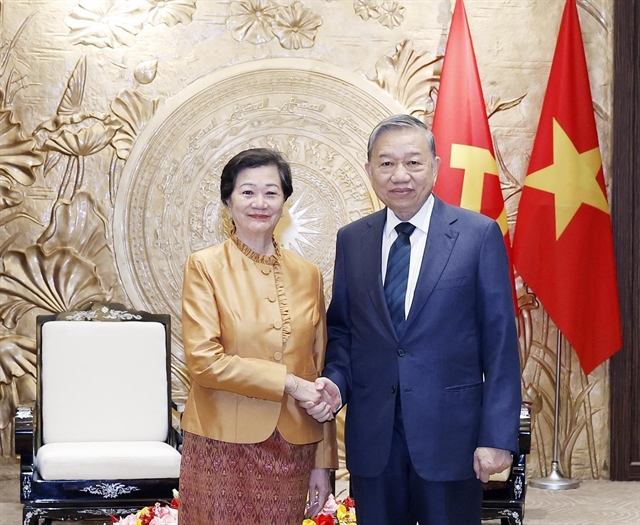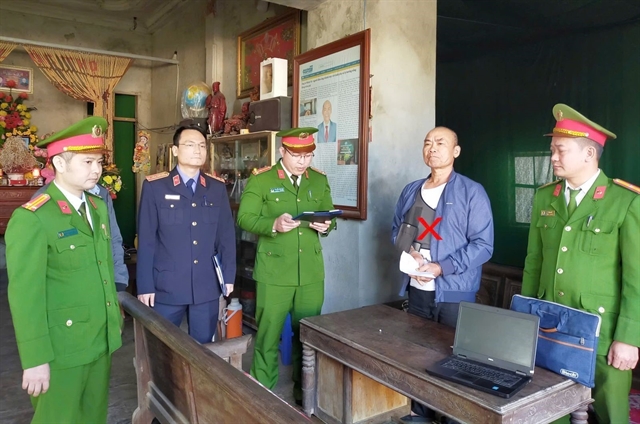 Opinion
Opinion


|
| UNDP Resident Representative in Việt Nam Caitlin Wiesen. — VNA/VNS Photo Minh Đức |
UNDP Resident Representative in Việt Nam Caitlin Wiesen suggests measures to realise the new integrated development plan of Mekong Delta 2021-2030 while talking to Việt Nam News on the launch of the plan on Tuesday.
How do you assess the missions and orientations of the master plan of the Mekong Delta region in the 2021-30 period with a vision towards 2050. Remarkably, the plan sets the target that agricultural production will be transformed to adapt to changes in natural conditions in accordance with three ecological sub-regions?
I would like to congratulate the Government on this first regional master plan for the Mekong Delta. This is the first multi-sector, inter-disciplinary, and inter-provincial master plan, which is the right direction for planning and sets a good example for other regions to follow.
The plan employs nature-based solutions and a people-centred approach for sustainable, green, and climate-resilient development of the Vietnamese Mekong Delta.
The plan gives a special focus on the development of and connection among the eight development hubs, with Cần Thơ will be the largest and central centre, with other centres of production materials, food processing, and information will be located in other key provinces.
Each serves a specialised hub of production, processing, logistics, and information, all aiming to increase value-added for products from the region.
The plan serves as an overarching framework to guide the planning, management and investments of 13 provinces and cities to ensure synergies and complementary development by the people and for the people in the Delta.
The Mekong Delta is vital to Việt Nam’s sustainable economic development. It supports the lives and livelihoods of more than 17 million people, provides 65 per cent of aquaculture production, 60 per cent of fish for export and nearly 70 per cent of fruits of the whole country, as well as 90 per cent of Việt Nam’s rice export.
At the same time, the Delta is also one of the most climate-vulnerable regions in the world – with a combination of sea-level rise, saltwater intrusion and subsidence. Urgent attention is needed to climate change adaptation and water security.
As the lives and livelihoods of 17 million people and sustainable development of the Mekong Delta are supported by water and water ecosystem services, so the agricultural economy in three sub-regions needs to be based on three water sub-regions: freshwater sub-region upstream near Cambodia; brackish water sub-region, between upstream and coastal area; and saltwater sub-region, which is coastal areas (Bến Tre, Sóc Trăng, Cà Mau, Bạc Liêu and Kiên Giang provinces).
With a view to supporting local people in improving their lives in the context of climate change, what measures should Việt Nam's Government launch realise the plan?
To realise the master plan, it will be critical to:
Ensure strong joint planning and coordination horizontally among provinces and ministries and vertically between provinces and ministries to ensure synergistic development of the 13 regions in the Mekong Delta.
Retaining talent and young working force to stay and develop the local economy. The development centres must be able to offer quality education, medical and job opportunities, at least the same level as that in other cities, so they will not migrate to industrial parks in HCM City, or the East region.
It is encouraging to see the transformation from traditional agriculture production to the development of the ‘agriculture sector” in the Mekong Delta. To this end, the production of quality products and focus on deep processing is more important than increasing of quantity.
Ensuring all development is risk-informed in the Mekong Delta: economic development upstream, climate change, sea-level rise, and un-coordinated development within the delta are posing increasing challenges to the sustainable development in the Delta. There is evidence of subsidence, that the Mekong Delta is literally sinking due to groundwater extraction, sand mining, and lack of alluvium volume due to upstream reservoirs. Urgent measures are to be undertaken to reduce the risks and impacts.
The Mekong Delta is eyed to become a significant agricultural hub for Việt Nam and the world. What does this mean for transport and logistics in the Mekong Delta?
As one of the five largest river deltas in the world, with rich biodiversity, Mekong Delta contributes significantly to the food security in the region and the world.
The Mekong Delta is well endowed with abundant natural resources and the Mekong Delta could become a high-tech agriculture and aquaculture hub if the master plan is effectively implemented
This will require improved logistics and transport systems within the Mekong Delta through the development of eight key centres, but also need to connect with neighbouring provinces and regions, such as HCM City and Bà Rịa-Vũng Tàu Province where there are deep-sea ports to connect with the international markets.
Technology is crucial for agriculture development in Mekong Delta: technology, digital solutions, and innovations are all essential to boost the quality of the products and enable deep processing.
What has the UNDP done and what will it do to support Việt Nam to reach the targets set in the master plan?
As development needs to benefit the local community, UNDP has been focusing on engaging with and bringing benefits directly to local communities. for example, we supported the plantation and rehabilitation of more than 3,200 ha of mangrove in Cà Mau Province. We will construct 500 resilient houses in Cà Mau and community centres in this region.
We work with local authorities and communities to climate-resilient farming models, and sustainable agriculture value chains, to improve livelihoods and incomes for poor and near-poor households.
UNDP will work with provincial authorities and communities to enhance the sustainable development of the ocean economy. This includes support with marine spatial planning, taking into account renewable energy potentials and transformative agricultural models. — VNS




